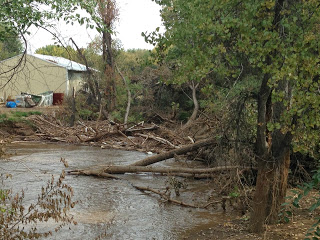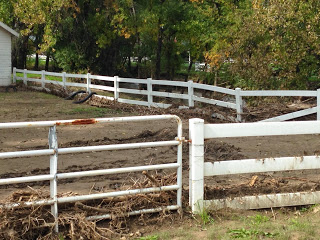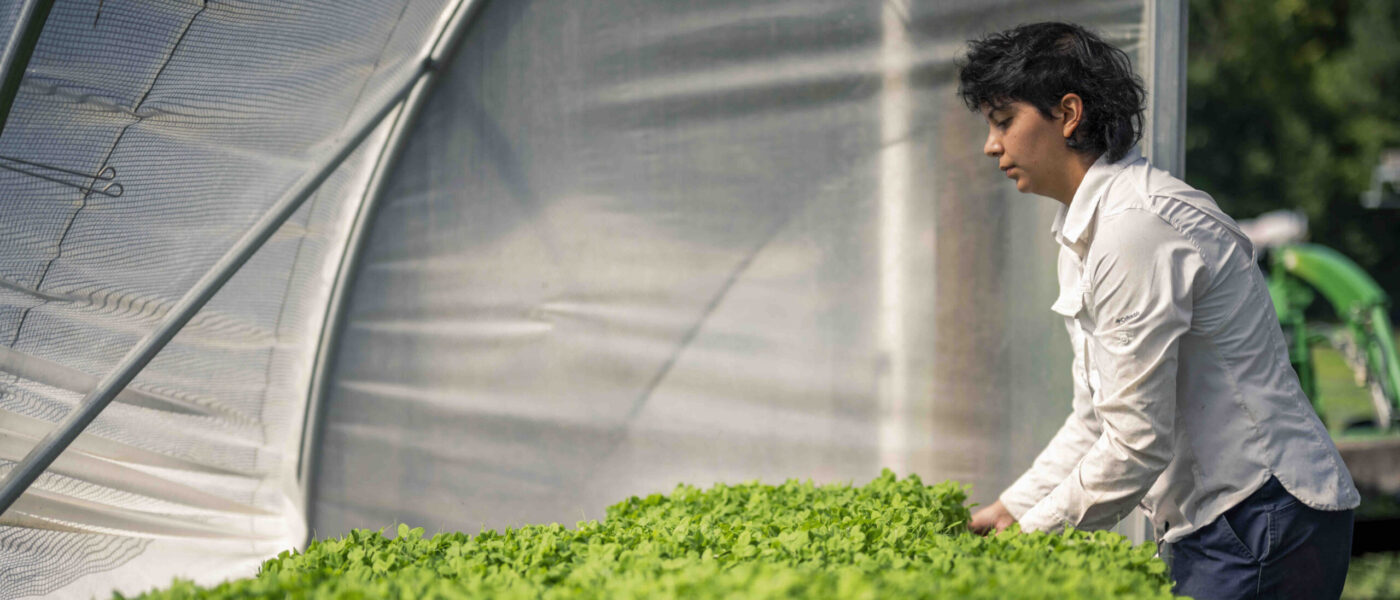 Farm Aid has activated its Family Farm Disaster Fund to respond to farmers and ranchers affected by two natural disasters.
Farm Aid has activated its Family Farm Disaster Fund to respond to farmers and ranchers affected by two natural disasters.
In September, heavy rain caused catastrophic flooding in Colorado that destroyed crops just before harvest, swept away topsoil, and wiped out roads and water systems.
In October, South Dakota had a freak early blizzard that dropped more than four feet of snow and winds exceeding 60 miles per hour. While South Dakota is no stranger to extreme winter weather, this storm followed very warm weather and hit before cattle in grazing lands had been brought closer to home for the winter. The timing was especially bad because it struck just before the time when calves are brought to market, from which ranchers earn a large portion of their income. The impact is still being assessed, but estimates say that tens of thousands of cattle have died.
Here are two stories from the areas impacted.
Kari, a Farm Aid staffer based in Denver, reports on the Colorado flood:
The September flooding in Colorado has devastated the northern region of the state, with over a dozen counties experiencing epic damage. The area near Boulder saw over 18 inches of rain in just three days. To put it in perspective, this area of the country normally receives an average of 20 inches of rain annually.
Damage estimates in the state are over $1 billion and climbing. And though flood waters have receded, rivers and waterways are still running much higher than normal. Farmland is covered in mud, or the topsoil has completely washed away. Another concern for farmers locally is the debris that has been left behind, and what damage that could do to equipment when harvest resumes.
Hundreds of miles of highways and roads were destroyed, along with bridges leading to market opportunities for family farmers across the state. This increases time and fuel costs to an already razor thin profit margin.
Last week I traveled north to meet with Peter Volz of Oxford Gardens, a four acre market farm near Niwot, about eight miles northeast of Boulder. Oxford Gardens started vegetable production in 2007, and they sell locally at the Boulder County Farmers Market and to area restaurants. In addition, they have a CSA operation. Peter believes in growing soil, not just vegetables. That’s what made seeing what was left from the flood waters so devastating for me. There was a stark difference between where the water had been and where their remaining crops were still growing.
Peter gave me a tour, complete with a freshly harvested carrot, to see what remained and what areas would need to be addressed before next year’s planting season. He estimates his losses at roughly $15,000, with another $35,000 likely lost next season in productivity and soil costs. Typical of most farmers, Peter is rolling up his sleeves and figuring out what needs to be done, and quickly.
The flood was a flash in the national news, but the community is continuing to come together to figure out how we can rebuild and reconnect. Farm Aid has committed $10,000 in emergency disaster relief for family farmers in Colorado, and we will send more if we can count on your support. We are on the phone almost every day with organizations in Colorado to plan ahead of the next step in recovery. Every dollar you give to the Family Farm Disaster Fund will go directly toward helping family farmers when they need it the most.
An update from South Dakota:
Ranchers are a proud, independent breed, but above all they are caretakers of their animals. The hardest part of the stories about this storm are the details: the photos of the cattle completely buried in snow; the ranchers having to unbury their herds from snow to bury them in the ground; the need to remove the ear tag for each lost cow or calf; and the way the ranchers are coming together to help each other in their grim tasks.
This week I’ve been talking with one particular rancher, Gary Deering, who is a fifth generation rancher in Hereford, SD, who hopes to pass the legacy on to one of his three sons. Gary has yet to account for seven of his cows and while that’s a terrible loss, it doesn’t compare to the losses of his neighbors. At nearly 40 years old, Gary’s a young rancher and his neighbors are too — just getting established in their 30s and 40s. The losses they’ve suffered might take them out of the cattle business altogether. And that’s a terrible impact, given that most young people are already leaving the tradition that Gary loves so much. One of Gary’s neighbors has lost about 95% of his herd, a loss he may never be able to recover from. Another young rancher could find only five of his 100 cows. A day later, another six turned up. While the result is grim, the discovery of another six that survived gave hope.
As Gary says, none of them got into this business thinking it was going to be easy, but what they’ve experienced since this blizzard is beyond hard. It’s enough to destroy a person. And yet, together, these ranchers and farm families are coming together to do what they have to do now, to plan for the recovery period, and to offer a little hope to those who were hit the hardest.
Farm Aid emergency grants do just that — they offer to hope to farm families during their hardest times. We can’t cover the extensive losses that these ranchers face, but we can help put groceries on the table and show them that people across the country care. I hope that you’ll join us in supporting the ranchers who work so hard to steward our land, care for their cattle and bring us good food.




